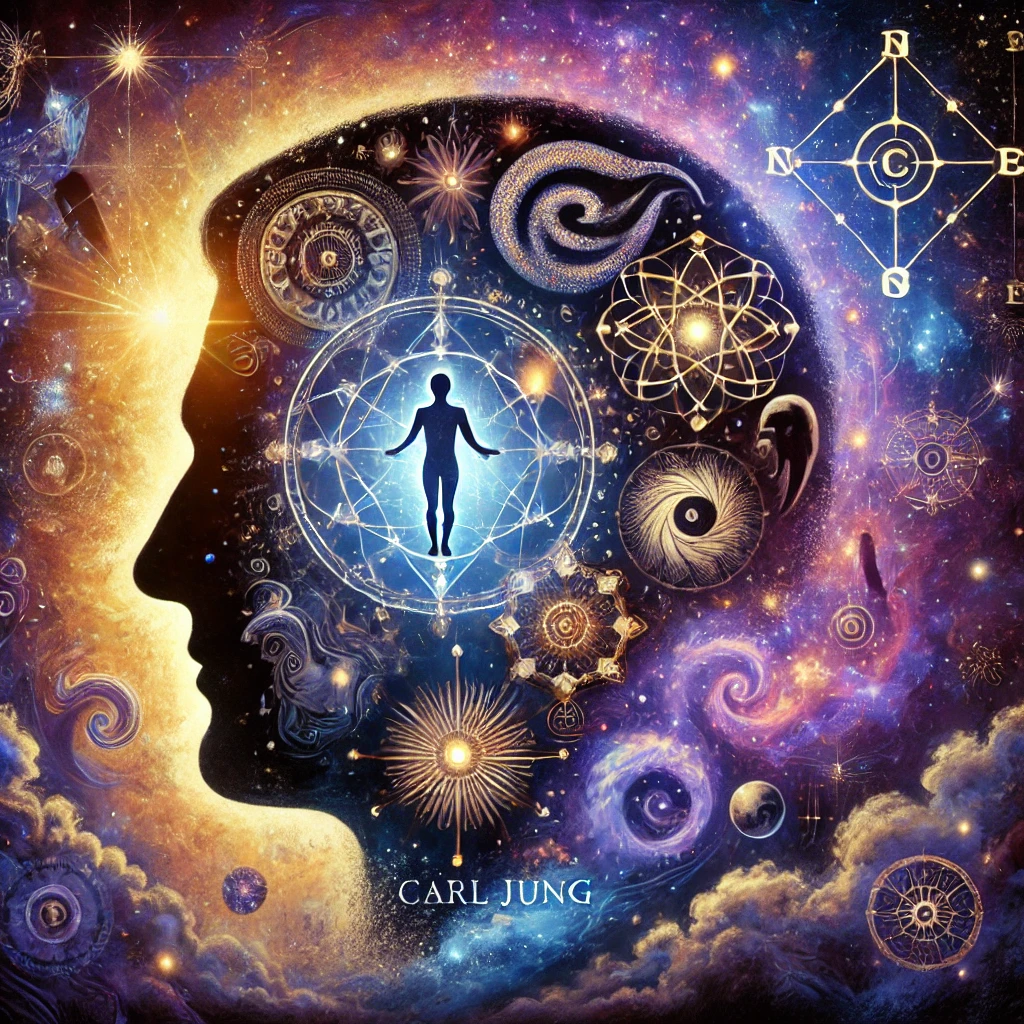
Introduction
Carl Jung’s work has had a profound influence on psychology, personal development, and the way we understand the deeper layers of the self. His concepts of the collective unconscious, archetypes, individuation, and synchronicity continue to shape discussions around meaning, identity, and transformation.
Jung: The Key Ideas by Ruth Snowden offers an accessible introduction to Jung’s major theories, making his often-complex ideas easier to grasp. Given my focus on self-discovery and archetypal patterns, I found this book particularly relevant to my Soul Patterns programme. This review highlights the key takeaways from the book and explores how Jung’s insights connect to personal transformation and life purpose.
Key Takeaways from the Book
1. The Collective Unconscious & Archetypes
One of Jung’s most influential ideas is the collective unconscious—the deep reservoir of shared human experiences and symbols that shape our perceptions, behaviours, and dreams. Within this unconscious realm reside archetypes, universal patterns of personality and experience, such as the Hero, the Sage, the Shadow, and the Anima/Animus.
For those on a journey of self-discovery, understanding archetypes can illuminate hidden patterns in our lives. These patterns influence how we see ourselves, the roles we play, and the way we engage with the world.
2. Individuation: The Path to Wholeness
Jung described individuation as the lifelong process of integrating different aspects of the self to achieve wholeness. Rather than suppressing certain parts of ourselves, individuation invites us to embrace them, recognizing that our unconscious drives, fears, and desires are vital to our full expression.
This concept aligns closely with Soul Patterns, which encourages participants to recognize recurring themes in their lives and integrate them into a coherent sense of self. Personal growth is not about discarding past selves but weaving them into a more authentic whole.
3. Shadow Work: Embracing the Hidden Self
Jung’s concept of the Shadow refers to the parts of ourselves we reject or repress, often because they don’t fit societal or personal ideals. Yet, what we deny in ourselves can manifest in unexpected ways—through projection, self-sabotage, or feelings of incompleteness.
Acknowledging and integrating the Shadow is an essential step in personal development. Jung: The Key Ideas provides a helpful overview of Shadow work, making it an excellent resource for anyone looking to deepen self-awareness and move beyond limiting patterns.
4. Anima & Animus: Balancing Inner Opposites
Jung introduced the Anima (the feminine energy within a man) and the Animus (the masculine energy within a woman) as archetypal forces that shape our inner world. The journey toward psychological balance involves integrating these energies, rather than over-identifying with one or rejecting the other.
For those exploring personal archetypes in Soul Patterns, this idea highlights the importance of embracing different aspects of our identity, fostering inner harmony rather than division.
5. Synchronicity: Meaningful Coincidences
Jung’s concept of synchronicity—the occurrence of meaningful coincidences that seem to defy logic—suggests that life may be more interconnected than we realize. Moments of synchronicity often appear during times of transition or deep reflection, serving as guideposts along our personal path.
This idea resonates deeply with those exploring life purpose. Recognizing patterns in our experiences, relationships, and decisions can provide valuable insights into our direction, reinforcing the themes explored in Soul Patterns.
Final Thoughts
Jung: The Key Ideas is an excellent introduction for those new to Jung’s work, as well as a valuable refresher for those already familiar with his theories. Snowden’s clear and accessible writing makes complex ideas more digestible, making it a great starting point for anyone interested in psychology, self-discovery, or personal transformation.
For anyone drawn to exploring their deeper patterns and purpose, this book provides essential insights that align beautifully with the Soul Patterns programme. If you’re looking to deepen your understanding of self and uncover the archetypal forces shaping your journey, this is a book well worth reading.
On a personal note, I was particularly struck by a reference in the book to the spiral path—the very name of my life coaching business. This unexpected synchronicity felt like a meaningful confirmation of the work I do, reinforcing the idea that personal growth and transformation are not linear journeys but cyclical and ever-deepening processes. It was a reminder that the spiral is a powerful symbol of evolution, integration, and return, which aligns perfectly with both Jung’s framework and the heart of my coaching philosophy.
